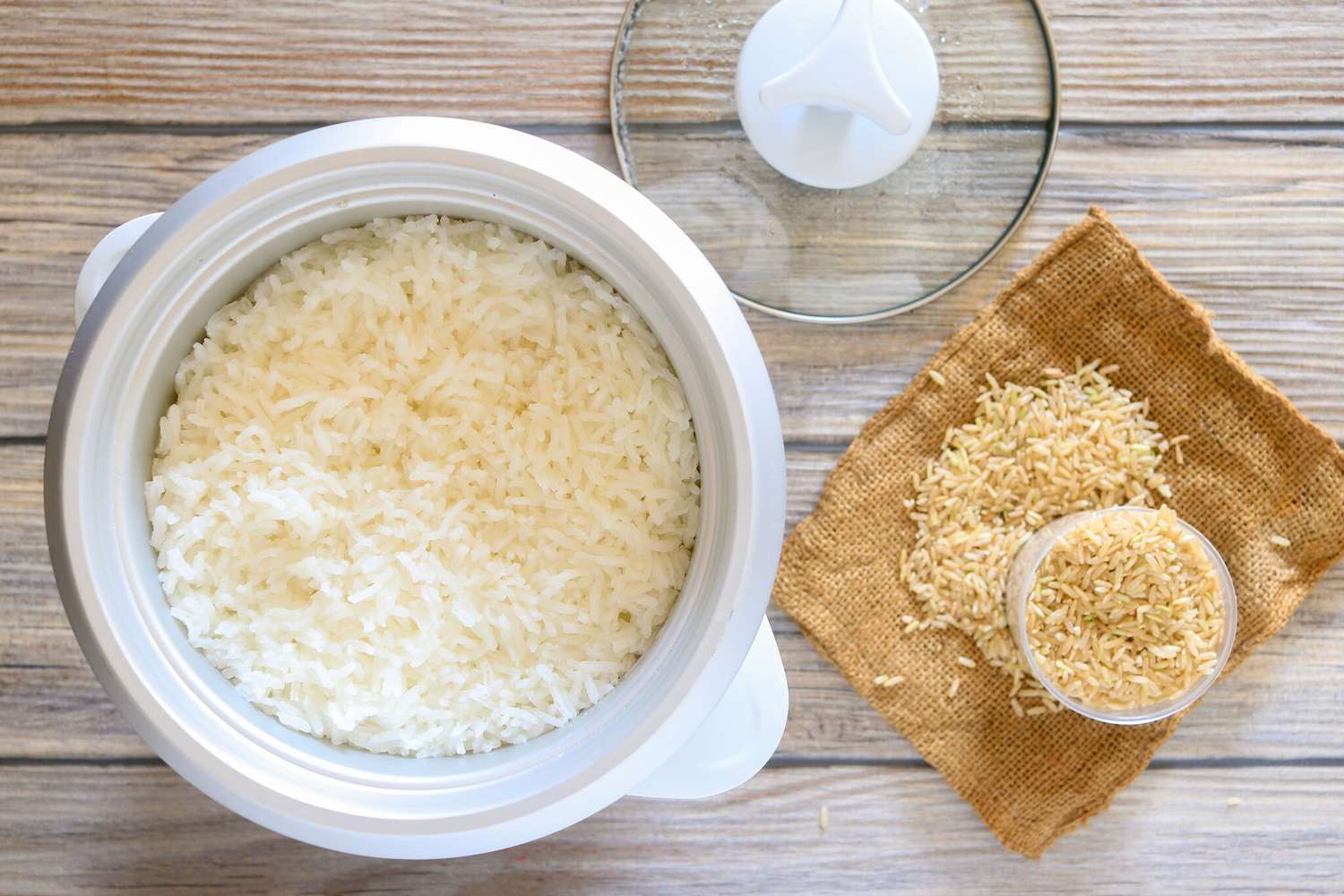

Articles
How To Cook Long Grain Rice In A Rice Cooker
Modified: February 21, 2024
Learn how to cook long grain rice perfectly in a rice cooker with our step-by-step guide. Find articles on different techniques and tips for achieving fluffy and flavorful rice every time.
(Many of the links in this article redirect to a specific reviewed product. Your purchase of these products through affiliate links helps to generate commission for Storables.com, at no extra cost. Learn more)
Introduction
Welcome to the world of rice cooking! If you’re looking to perfect the art of cooking long grain rice, you’ve come to the right place. Long grain rice is known for its slender shape and delicate texture, making it a popular choice for various dishes around the world, from stir-fries to pilafs. While there are multiple methods to cook long grain rice, using a rice cooker is convenient and ensures consistently fluffy and perfectly cooked results.
In this article, we’ll explore the benefits of using a rice cooker, guide you through the process of choosing the right rice, and provide step-by-step instructions on how to cook long grain rice to perfection. So, let’s dive in and master the art of cooking long grain rice in a rice cooker!
Key Takeaways:
- Master the art of cooking perfect long grain rice in a rice cooker by following simple steps, from choosing the right rice to fluffing and serving for a delightful dining experience.
- Enjoy the convenience, consistency, and versatility of using a rice cooker to effortlessly prepare fluffy and flavorful long grain rice, perfect for a variety of dishes.
Benefits of Using a Rice Cooker
Using a rice cooker to cook long grain rice offers several advantages that make it a worthwhile investment for any kitchen:
- Convenience: One of the biggest benefits of using a rice cooker is the convenience it offers. Simply measure and add your ingredients, press a button, and let the rice cooker do the rest. You can focus on preparing other dishes or attending to other tasks while the rice cooks perfectly on its own.
- Consistency: Rice cookers are designed to ensure that the rice is cooked consistently every time. The built-in technology and timers control the cooking process, preventing the rice from undercooking or overcooking. Say goodbye to burnt or sticky rice!
- Time-saving: Cooking rice on the stovetop requires constant monitoring and adjusting the heat, which can be time-consuming. A rice cooker eliminates the need for constant attention, allowing you to save time and focus on other aspects of your meal preparation.
- Energy-efficient: Rice cookers consume less energy compared to stovetop cooking. The use of a rice cooker can help reduce your overall energy consumption and lower your utility bills.
- Versatility: Many modern rice cookers offer a variety of cooking functions besides cooking rice. You can steam vegetables, make soups, and even cook other grains like quinoa or couscous. Investing in a rice cooker opens up a world of culinary possibilities.
With these benefits in mind, it’s clear why many people opt for a rice cooker when it comes to cooking long grain rice. The convenience, consistency, time-saving, energy efficiency, and versatility make it an essential kitchen appliance for rice lovers and home cooks alike.
Choosing the Right Rice
Choosing the right type of rice is an important step in cooking long grain rice in a rice cooker. Different types of rice have different textures and flavors, so it’s essential to select a variety that suits your preferences and the dish you’re planning to make. Here are some common types of long grain rice:
- Basmati Rice: Basmati rice is known for its distinct aroma and tender grains. It is commonly used in Indian and Middle Eastern cuisine and pairs well with curries and biryanis.
- Jasmine Rice: Jasmine rice has a subtle floral aroma and a slightly sticky texture. It is popular in Thai and Southeast Asian cuisine and complements stir-fries, curries, and other Asian dishes.
- White Rice: White rice is the most common and widely available variety. It has a neutral flavor and a fluffy texture when cooked. It is versatile and works well in various dishes.
- Brown Rice: Brown rice is a healthier alternative to white rice as it retains the bran and germ layers, which are stripped away in the processing of white rice. It has a nuttier flavor and a chewier texture.
- Wild Rice: Despite its name, wild rice is not technically rice but rather a seed. It has a dark color, a chewy texture, and a nutty flavor. Wild rice is often used as a culinary accent or mixed with other varieties of rice.
Consider the flavors and textures you prefer, as well as the dish you’re planning to make, when choosing the right rice for your rice cooker. Keep in mind that different types of rice might require slight adjustments in cooking time and water measurement.
When purchasing rice, opt for high-quality grains and check the packaging for any specific cooking instructions or recommendations. The quality and freshness of the rice can greatly affect the final result, so choose a reputable brand or source for optimal flavor and texture.
Now that you have an understanding of the various types of long grain rice, you’re ready to move on to the next step: preparing the rice for cooking in your rice cooker.
Preparing the Rice
Before you start cooking long grain rice in your rice cooker, it’s important to properly prepare the rice to ensure the best results. Follow these steps to prepare the rice:
- Measuring the Ingredients: Use a measuring cup to measure the desired amount of rice. The general rule of thumb is 1 cup of rice to 2 cups of water. Adjust the measurements according to the serving size and the type of rice you’re using.
- Washing the Rice: Rinse the rice under cold water to remove any dirt, impurities, and excess starch. Place the rice in a colander or fine-mesh sieve and rinse it until the water runs clear.
- Soaking the Rice: Soaking the rice before cooking can help improve the texture and make the grains fluffier. While optional, it’s recommended to soak the rice for at least 30 minutes before cooking. Simply place the rinsed rice in a bowl and cover it with water.
By properly measuring, washing, and soaking the rice, you are ensuring a clean grain and promoting better absorption of water during the cooking process. These steps are crucial for achieving a fluffy and well-cooked long grain rice in your rice cooker.
Next, we’ll move on to adding water to the rice cooker.
Measuring the Ingredients
Accurate measurement of the ingredients is crucial to achieve perfectly cooked long grain rice in your rice cooker. Here’s how to measure the rice and water:
- Rice: Use a measuring cup to measure the desired amount of rice. The recommended ratio is 1 cup of rice to 2 cups of water. Adjust the amount of rice based on the serving size you desire.
- Water: The amount of water needed may vary depending on the type of rice you’re using. As a general rule, use double the amount of water as compared to the amount of rice. For example, if you’re cooking 1 cup of rice, add 2 cups of water. However, for certain types of rice and personal preferences, you may need to adjust the water quantity slightly. It’s always a good idea to refer to the specific instructions provided on the rice packaging for the best results.
By measuring the ingredients accurately, you can ensure that the rice is cooked to the right texture and consistency. Adding too much water can result in soggy rice, while too little water can result in undercooked or dry rice. It’s important to find the right balance to achieve perfect long grain rice in your rice cooker.
Once you have measured the rice and water, you’re ready to move on to the next step: washing the rice to remove any impurities.
Read more: How Long Should I Cook Rice In A Rice Cooker
Washing the Rice
Washing the rice is an essential step to remove any dirt, impurities, and excess starch that can affect the texture and flavor of the cooked rice. Follow these steps to properly wash your long grain rice:
- Rinse the Rice: Place the measured rice in a colander or fine-mesh sieve and rinse it under cold water. Use your hands to gently agitate the rice grains, allowing the water to remove any surface impurities. Continue rinsing until the water runs clear.
- Drain the Rice: Once the rice is rinsed, shake the colander or sieve gently to remove excess water. Let the rice drain for a few minutes to ensure that there is no residual water.
Washing the rice helps remove any unwanted particles and excess starch that can make the rice sticky or clumpy. By rinsing the rice thoroughly, you’ll achieve lighter and fluffier long grain rice in your rice cooker.
After washing the rice, you can choose to soak it before cooking, which we’ll explore in the next step.
Soaking the Rice
Soaking the rice before cooking can help improve the texture and overall quality of the long grain rice. While optional, it is recommended to soak the rice for at least 30 minutes before cooking. Here’s how to soak the rice:
- Place the Rice in a Bowl: Take the rinsed and drained rice and transfer it to a bowl.
- Add Water: Pour enough water into the bowl to fully cover the rice. The water should be at room temperature.
- Soak the Rice: Allow the rice to soak in the water for at least 30 minutes. This soaking process helps to hydrate the rice, resulting in softer and fluffier grains.
Soaking the rice can also help reduce the cooking time and promote better absorption of water during the cooking process. However, if you’re short on time, you can skip the soaking step and proceed directly to cooking the rice in the rice cooker.
Now that you have soaked the rice, it’s time to add the proper amount of water to ensure perfectly cooked long grain rice in your rice cooker. We’ll cover this in the next step.
Rinse the long grain rice in a fine mesh strainer before cooking to remove excess starch, which can make the rice sticky. This will result in fluffy and separate grains of rice.
Adding Water
Adding the right amount of water is crucial for cooking long grain rice to perfection in your rice cooker. The amount of water needed may vary depending on the type of rice and your desired texture. Here’s how to add water to your rice cooker:
- Drain the Soaked Rice: If you soaked the rice, drain the water from the bowl using a colander or fine-mesh sieve.
- Transfer the Rice to the Rice Cooker: Place the rice into the inner pot of your rice cooker.
- Measure and Add Water: Measure the water according to the recommended ratio for the type of rice you’re using. As a general guideline, the ratio is 1 cup of rice to 2 cups of water. Adjust the water quantity based on personal preference and the specific instructions given for the rice type.
- Level the Surface: Use a spoon to level the surface of the rice and ensure it is evenly spread in the pot.
Adding the correct amount of water is crucial to achieve the desired texture of the long grain rice. Too much water can result in mushy or overly soft rice, while too little water can make the rice undercooked and grainy.
Once you’ve added the water, it’s time to cook the rice in your rice cooker. We’ll explore the cooking process in the next step.
Cooking the Rice
Now that you have measured the rice, washed it, and added the appropriate amount of water, you’re ready to cook the long grain rice in your rice cooker. Follow these steps to ensure a perfectly cooked batch of rice:
- Place the Inner Pot: Insert the inner pot back into the rice cooker, making sure it’s securely in place.
- Select the Cooking Mode: Depending on your rice cooker model, choose the appropriate cooking mode for long grain rice. Most rice cookers have a specific setting for different types of rice, including long grain rice.
- Start the Cooking Process: Close the rice cooker lid and press the start button to begin the cooking process. The rice cooker will automatically adjust the cooking time and temperature based on the selected mode.
- Wait for the Rice to Cook: Allow the rice to cook undisturbed until the rice cooker signals that it’s done. This typically takes around 20-30 minutes, but it may vary depending on the specific rice cooker and cooking mode.
- Let the Rice Rest: Once the rice cooker finishes cooking, let the rice rest in the cooker for about 5-10 minutes. This resting period allows the rice to steam and further absorb any remaining moisture, resulting in a fluffier texture.
It’s essential to avoid opening the lid during the cooking process as it can disrupt the cooking and steaming cycles, leading to unevenly cooked rice. Trust the rice cooker to handle the cooking process and produce consistent results each time.
Now that the long grain rice is perfectly cooked, you can move on to the final step: fluffing the rice and serving it. We’ll explore this in the next section.
Read more: How Long To Cook Rice In A Tiger Rice Cooker
Steaming the Rice
Steaming the rice after it’s cooked helps to further enhance its texture and fluffiness. This step is especially important for long grain rice, as it allows the grains to separate and become light and airy. Follow these steps to steam the cooked long grain rice:
- Keep the Lid Closed: Once the rice has finished cooking in the rice cooker, avoid opening the lid immediately. Let the rice sit in the rice cooker with the lid closed for an additional 5-10 minutes. This is the initial steaming phase.
- Fluff the Rice: After the initial steaming period, open the lid and use a fork or a rice paddle to gently fluff the rice. Gently break up any clumps and mix the grains to ensure even distribution of moisture and heat.
- Close the Lid and Rest: Close the lid of the rice cooker and let the fluffed rice sit for another 5-10 minutes. This final steaming stage allows the rice to absorb any remaining moisture and become fully cooked and tender.
Steaming the rice not only improves the texture but also allows the flavors to fully develop. The steam helps to soften the grains and make them more tender, resulting in a restaurant-quality bowl of long grain rice.
Once the rice has finished steaming, it’s time to fluff it once more and serve it. We’ll cover that in the next step.
Fluffing and Serving
After the long grain rice has finished steaming, it’s time to fluff it up and prepare it for serving. Follow these steps to achieve a light and perfectly separated rice:
- Open the Lid: Open the lid of the rice cooker and use a fork or a rice paddle to gently fluff the rice. Gently run the utensil through the rice, breaking up any clumps and loosening the grains.
- Serve Immediately: Serve the fluffed long grain rice immediately while it is still warm. This ensures the best taste and texture.
- Garnish (Optional): Add any desired garnishes to the rice, such as herbs, sesame seeds, or chopped green onions, to enhance both the presentation and flavor of the dish.
When fluffing the rice, be careful not to press down too hard or overmix, as this can lead to mushy or sticky rice. The goal is to gently separate the grains and create a light and fluffy texture.
Long grain rice is the perfect accompaniment to various dishes, such as stir-fries, curries, or as a side dish for grilled meat or seafood. Serve it hot and savor its delicate flavor and tender texture.
Remember to store any leftover long grain rice properly in an airtight container in the refrigerator. It can be reheated and enjoyed as a delicious leftover meal or used in other recipes.
With these final steps, you have successfully cooked, fluffed, and served a batch of perfectly cooked long grain rice in your rice cooker. Enjoy the flavors and versatility of this staple ingredient!
XXXXX (validate the HTML?)
Tips for Perfect Long Grain Rice
To ensure consistently delicious and perfectly cooked long grain rice every time, consider these tips:
- Use the correct rice-to-water ratio: Follow the recommended ratio of 1 cup of rice to 2 cups of water. Adjust the amounts based on personal preference and the specific instructions provided for the rice variety.
- Measure accurately: Use a measuring cup to measure the rice and water to ensure precise and consistent results.
- Wash the rice: Rinse the rice under cold water to remove excess starch and impurities, which can result in sticky rice.
- Soak the rice: Soaking the rice for at least 30 minutes before cooking can help improve the texture and make the grains fluffier.
- Select the appropriate rice setting: If your rice cooker has different settings, choose the one specifically designed for long grain rice.
- Avoid opening the lid during cooking: Opening the lid can disrupt the cooking process and result in unevenly cooked rice. Trust the rice cooker to handle the cooking process from start to finish.
- Allow resting and steaming time: Let the rice rest in the rice cooker for a few minutes after cooking, then fluff it with a fork. This allows the rice to absorb any remaining moisture and become light and fluffy.
- Store leftovers properly: If you have leftover rice, store it in an airtight container in the refrigerator. It can be reheated or used in various recipes the next day.
- Experiment with different flavors: Long grain rice is versatile and can be infused with various flavors using spices, herbs, or broths. Get creative and try new combinations to enhance its taste.
- Invest in a quality rice cooker: Consider investing in a good-quality rice cooker with precise temperature controls and additional features for optimal rice cooking results.
By following these tips, you’ll be well on your way to mastering the art of cooking perfect long grain rice in your rice cooker. Enjoy the satisfaction of serving fluffy, flavorful rice with your favorite dishes!
XXXXX (validate the HTML?)
Conclusion
Cooking long grain rice in a rice cooker is a convenient and foolproof way to achieve perfectly cooked, fluffy grains every time. With the right technique and attention to detail, you can enjoy a delicious bowl of long grain rice that complements a wide range of dishes. By following the steps outlined in this article, you can confidently use your rice cooker to create a flavorful and tender side dish or base for your favorite recipes.
The benefits of using a rice cooker are clear – it saves time, ensures consistency, and requires minimal effort. Whether you’re a seasoned home cook or a beginner in the kitchen, a rice cooker is an essential tool to have on hand.
Remember to choose the right type of long grain rice that suits your taste preferences and the dish you’re preparing. Properly preparing the rice by measuring, washing, and soaking it will result in a better-cooked end product. Adding the correct amount of water, following the cooking process, and allowing the rice to steam and rest will further enhance its texture and flavor.
Take advantage of the versatility of long grain rice by experimenting with different flavors and ingredients. Whether you’re serving it alongside a stir-fry, using it as a base for a curry, or incorporating it into a salad, long grain rice is a versatile and satisfying addition to any meal.
By following the tips provided in this article and practicing your rice cooking skills, you’ll soon become a master of cooking long grain rice in your rice cooker. So go ahead, enjoy the process, and savor the delightful results!
XXXXX (validate the HTML?)
Frequently Asked Questions about How To Cook Long Grain Rice In A Rice Cooker
Was this page helpful?
At Storables.com, we guarantee accurate and reliable information. Our content, validated by Expert Board Contributors, is crafted following stringent Editorial Policies. We're committed to providing you with well-researched, expert-backed insights for all your informational needs.
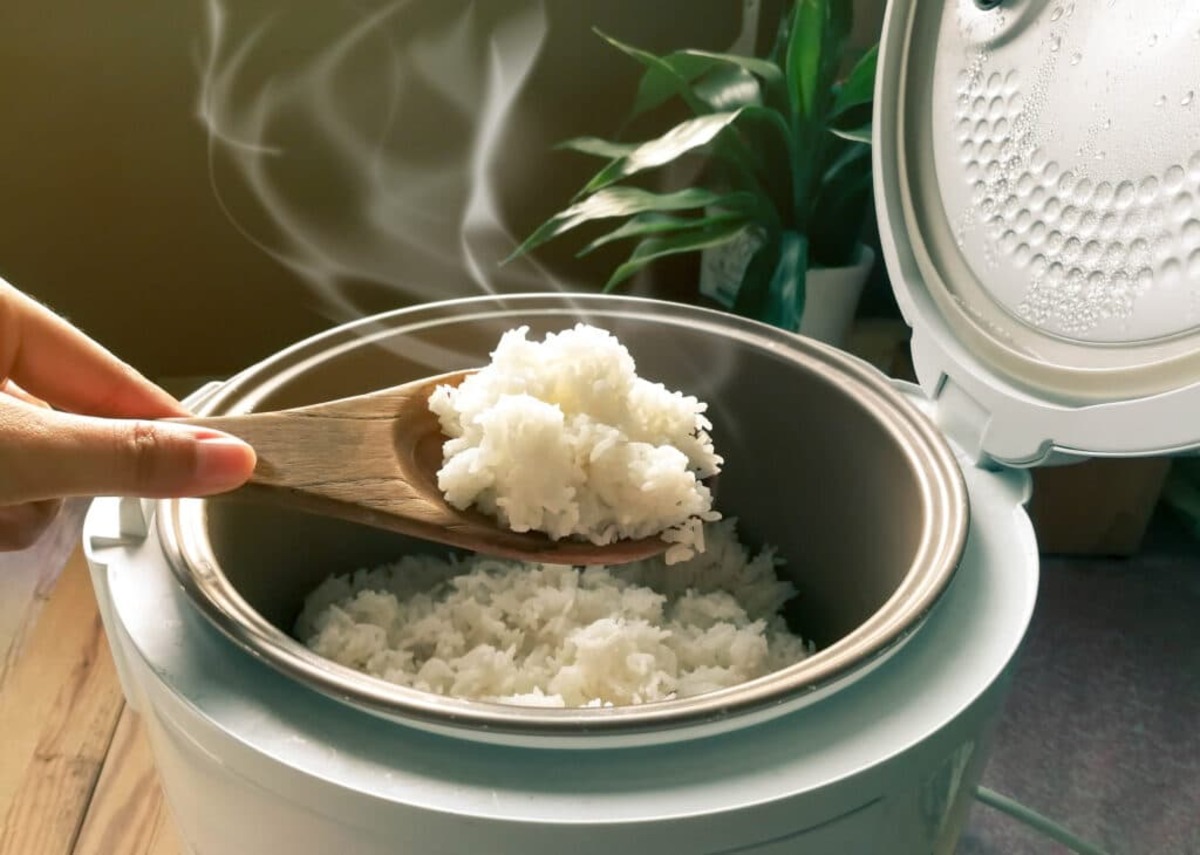
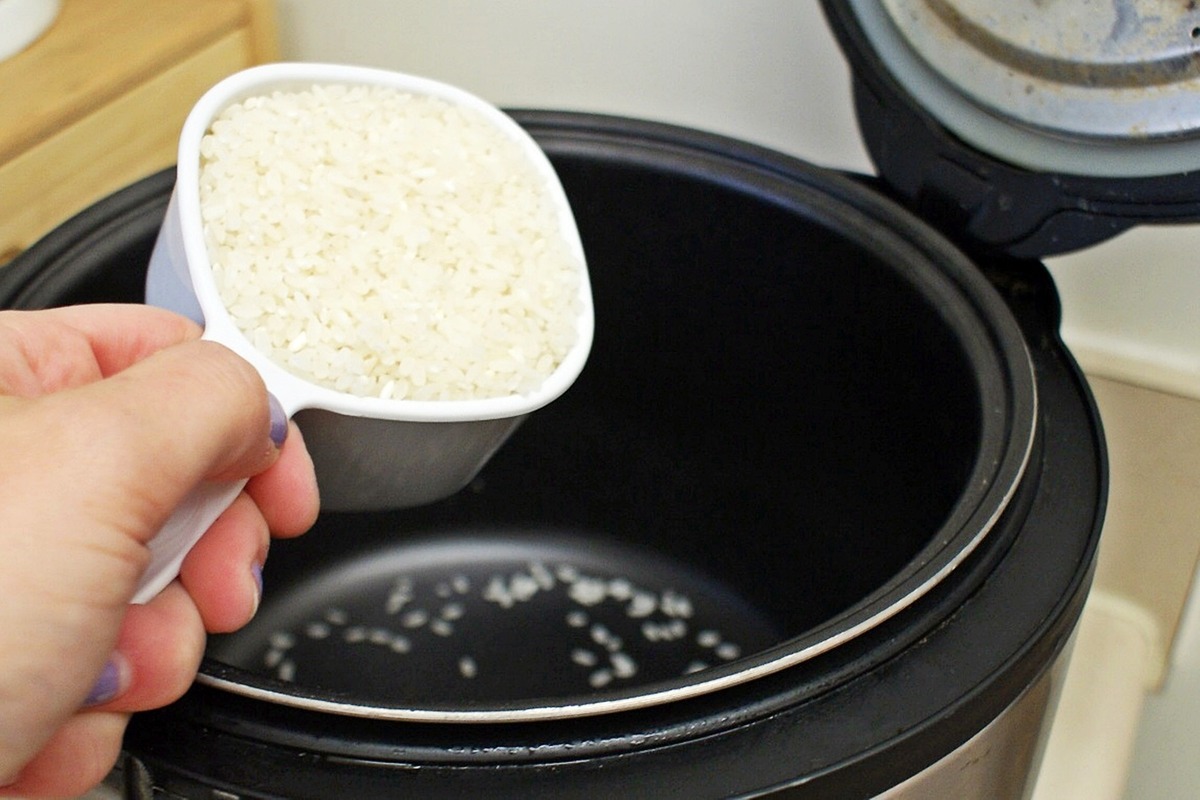
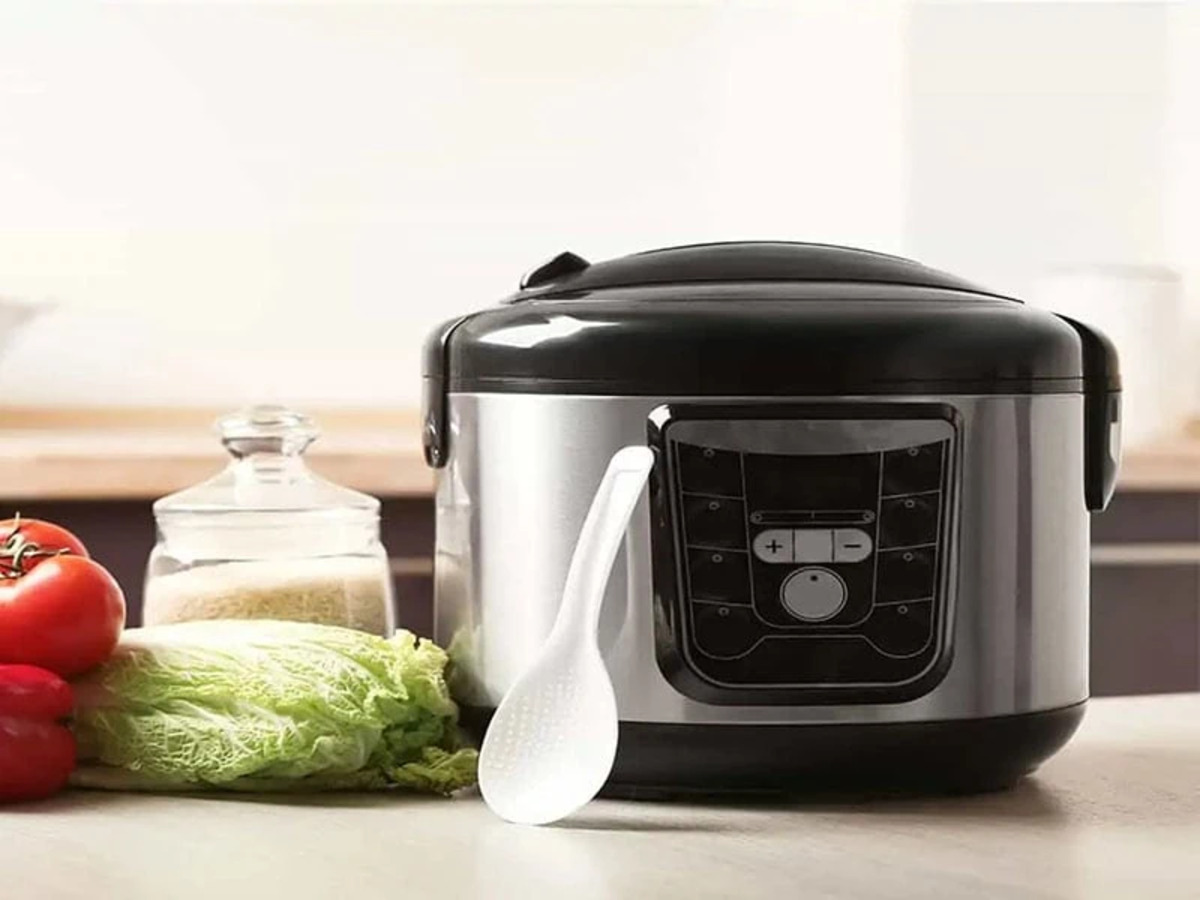
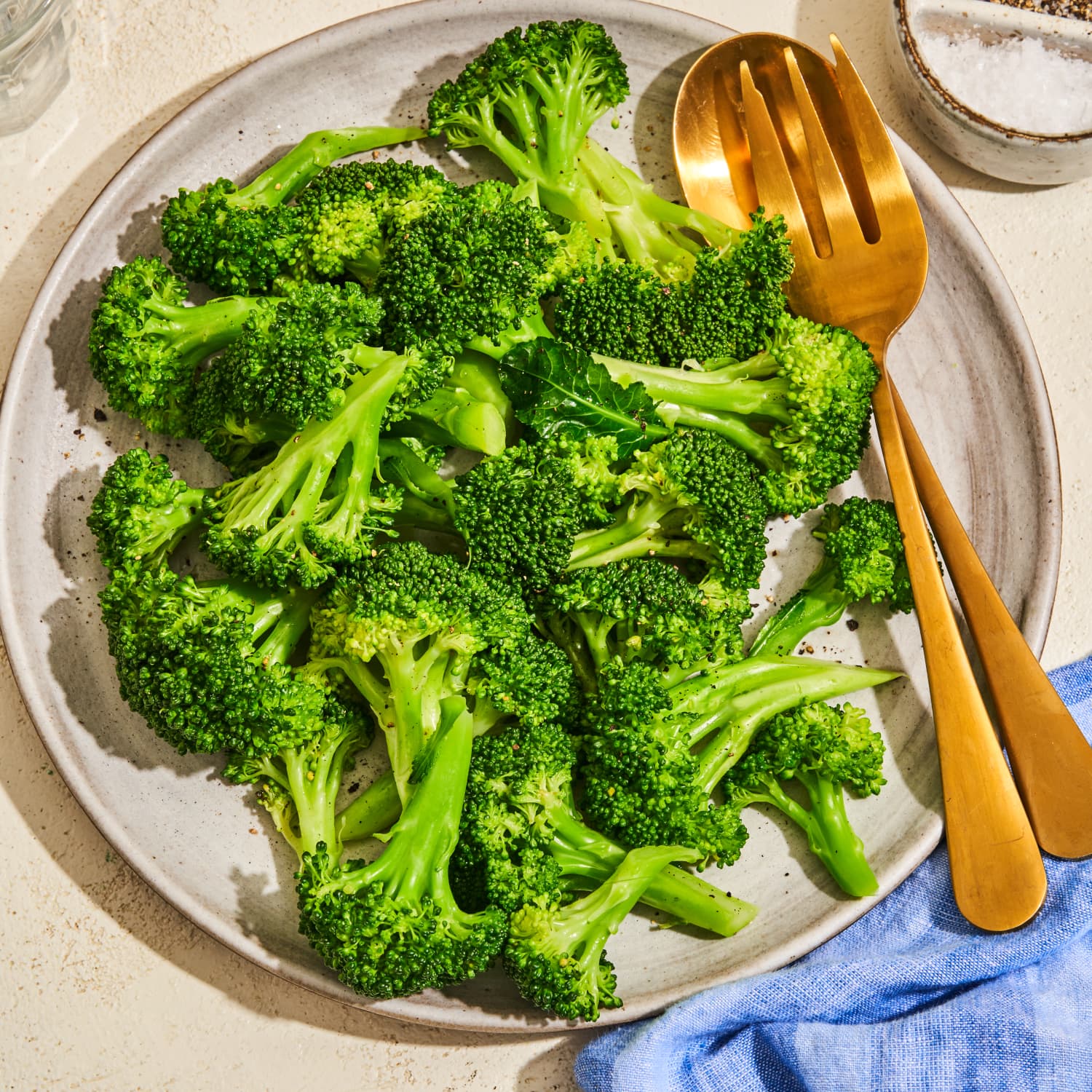
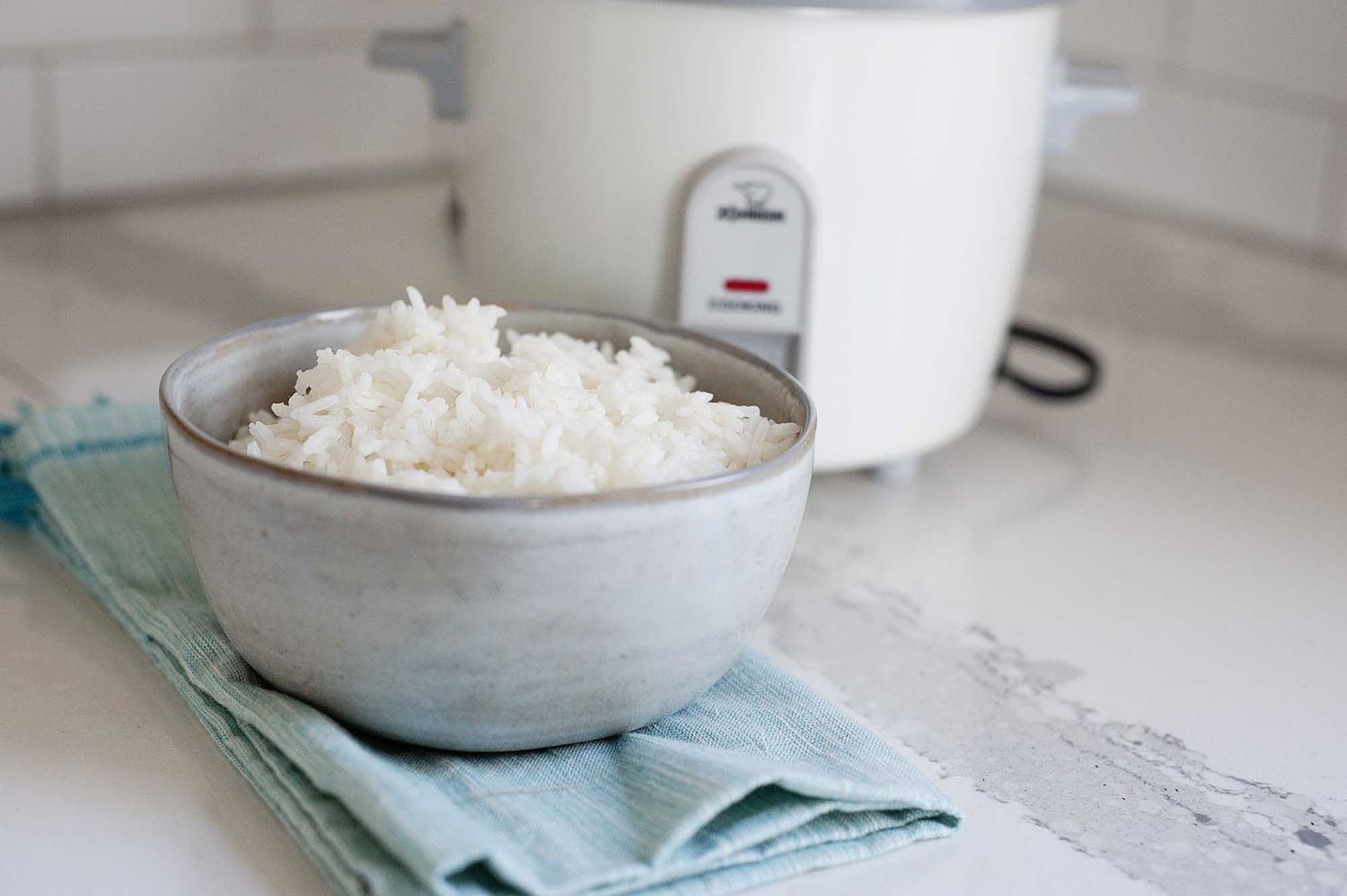
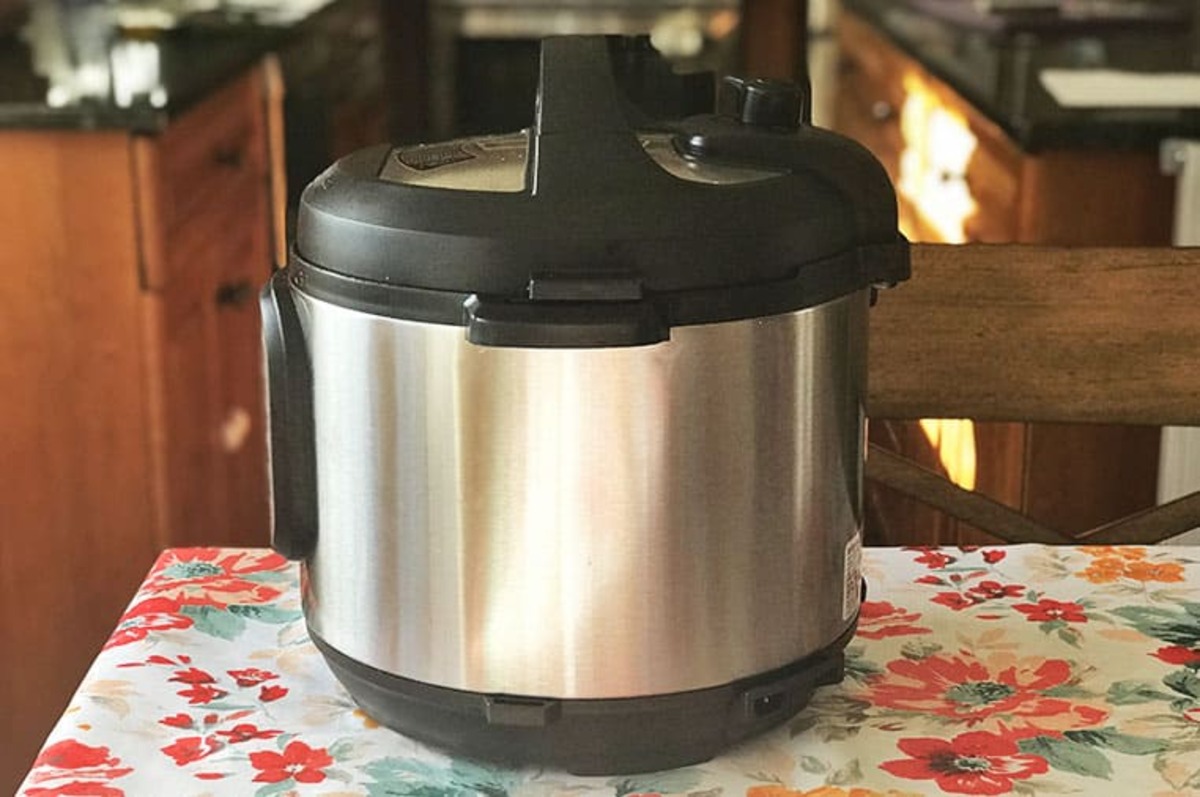
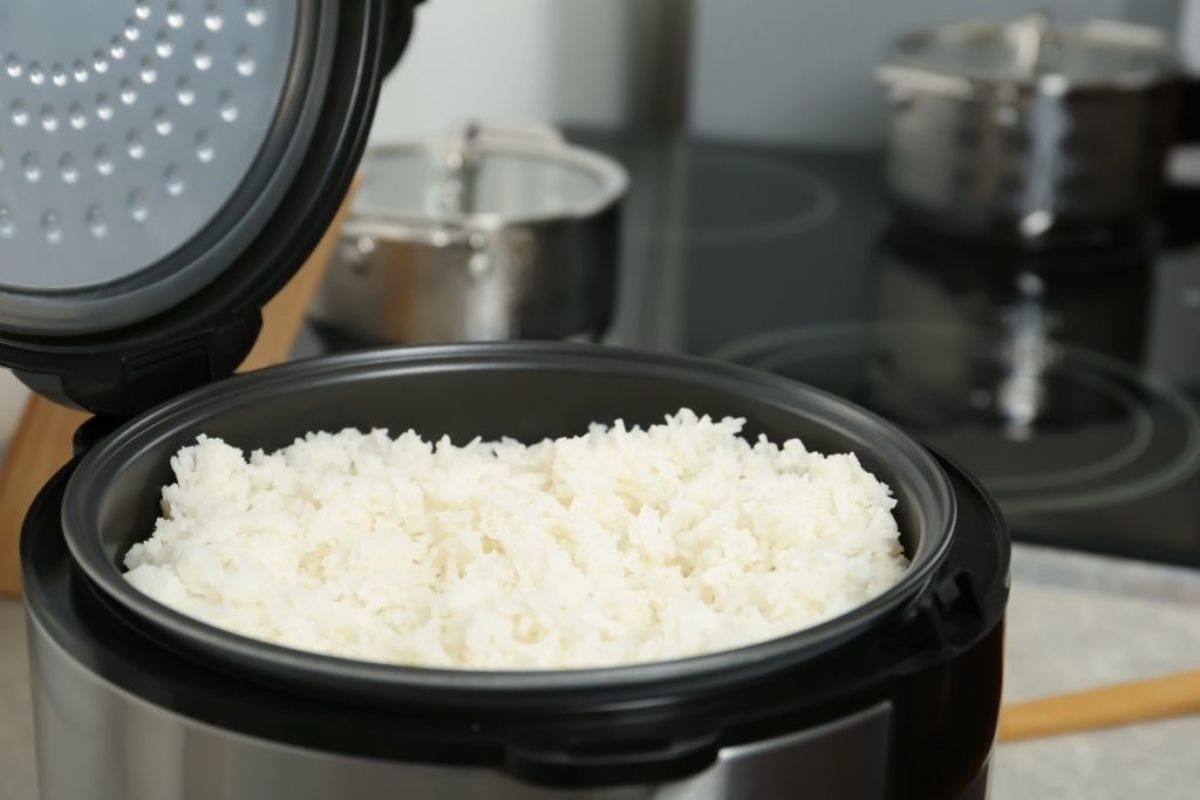
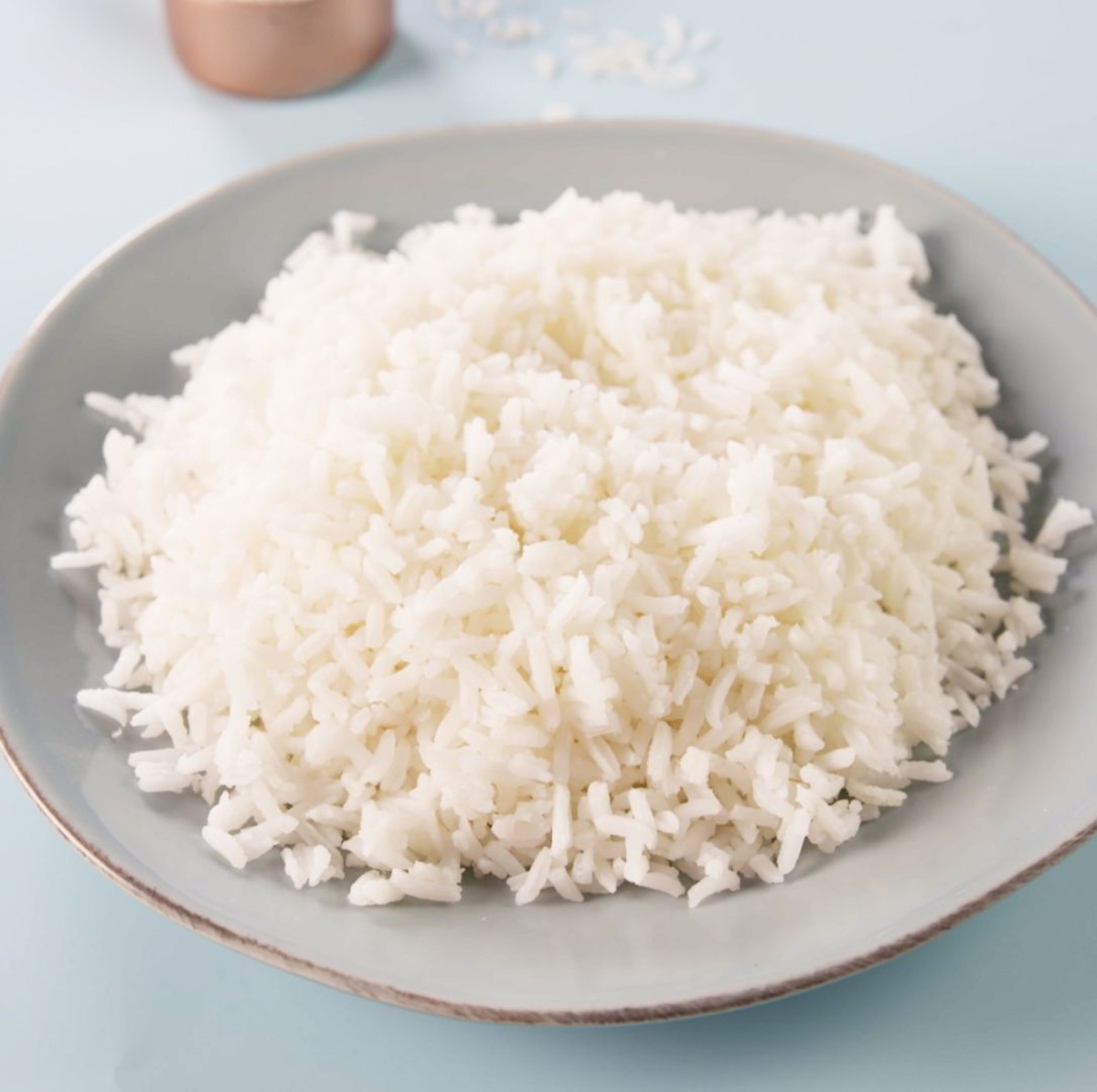
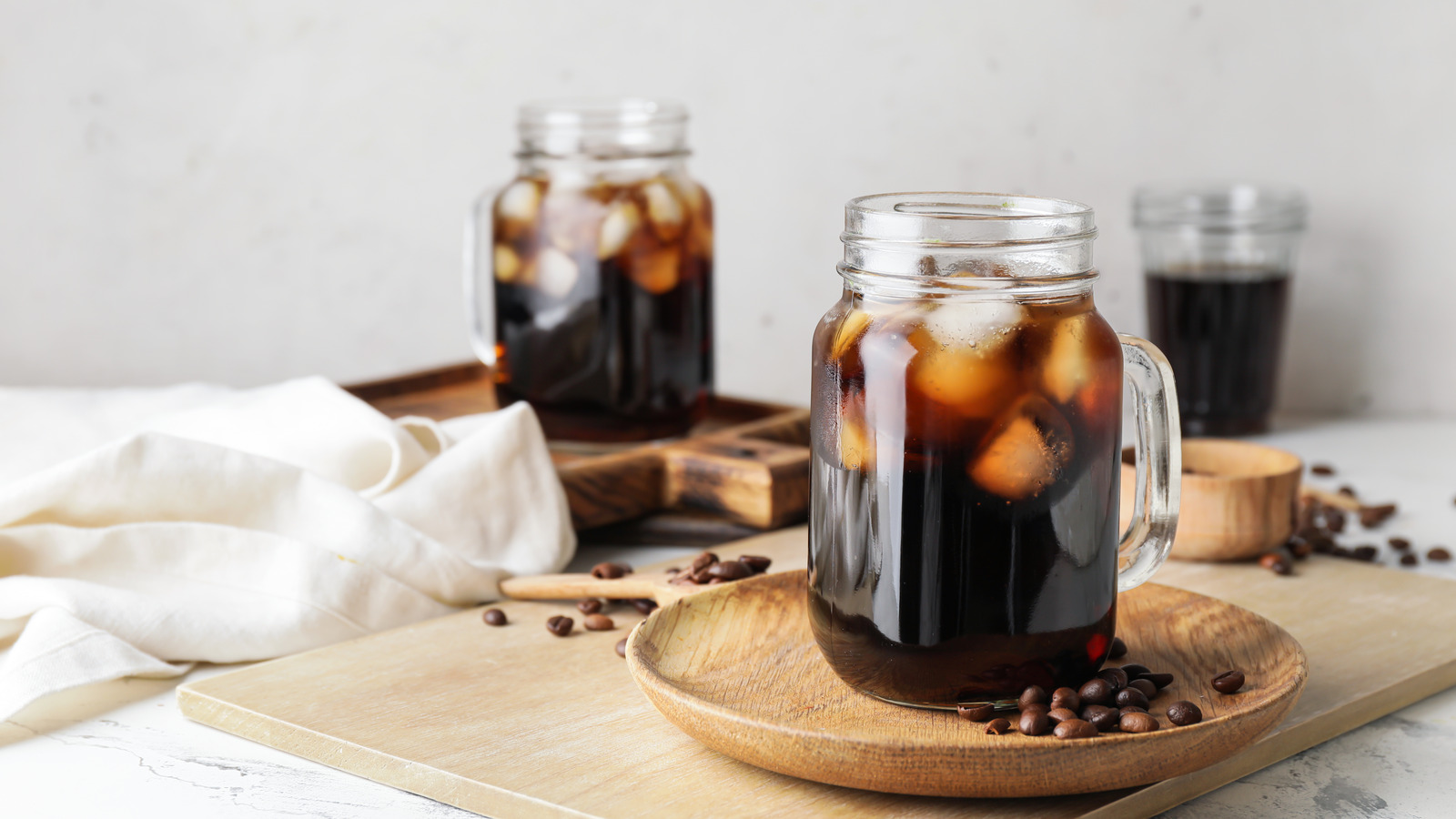
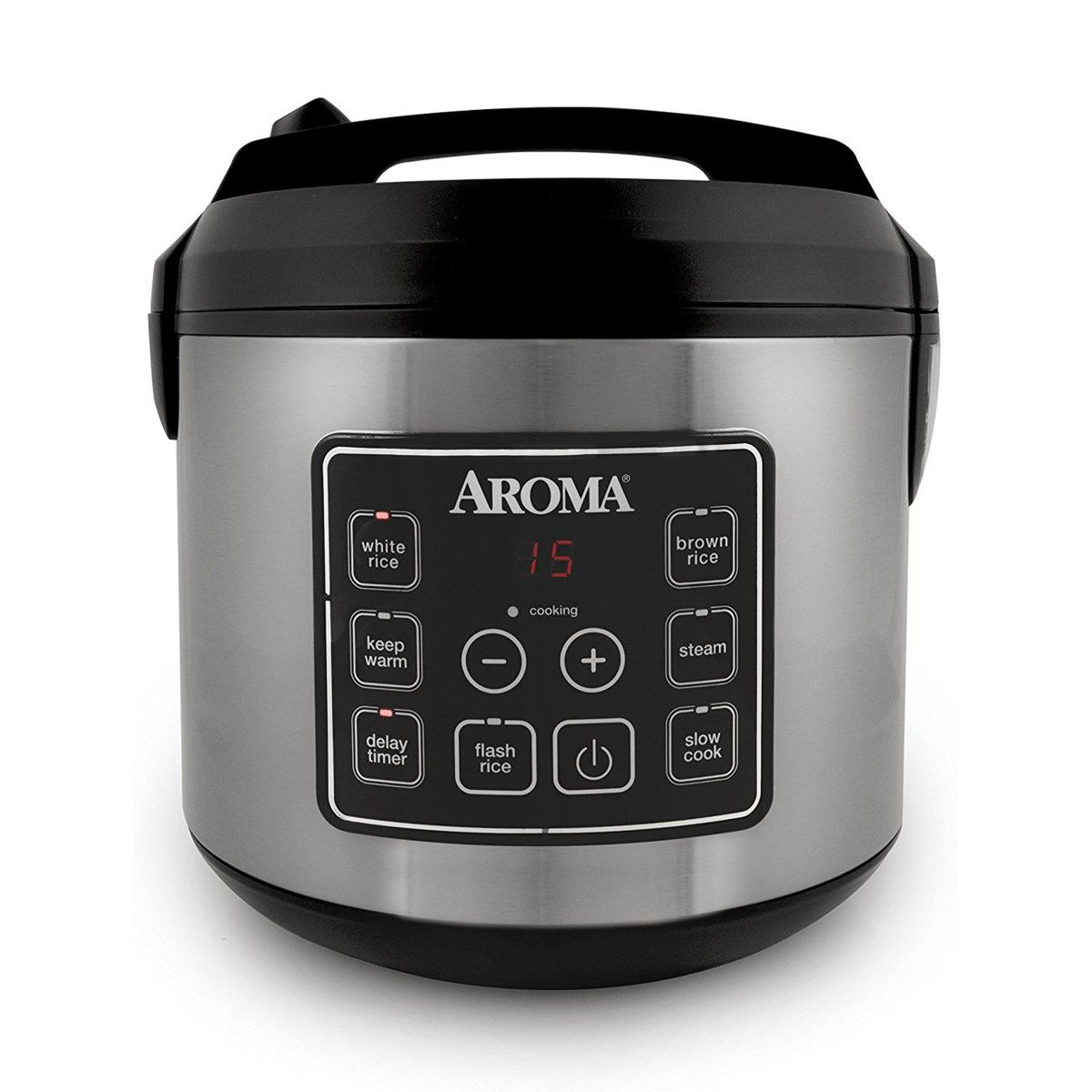
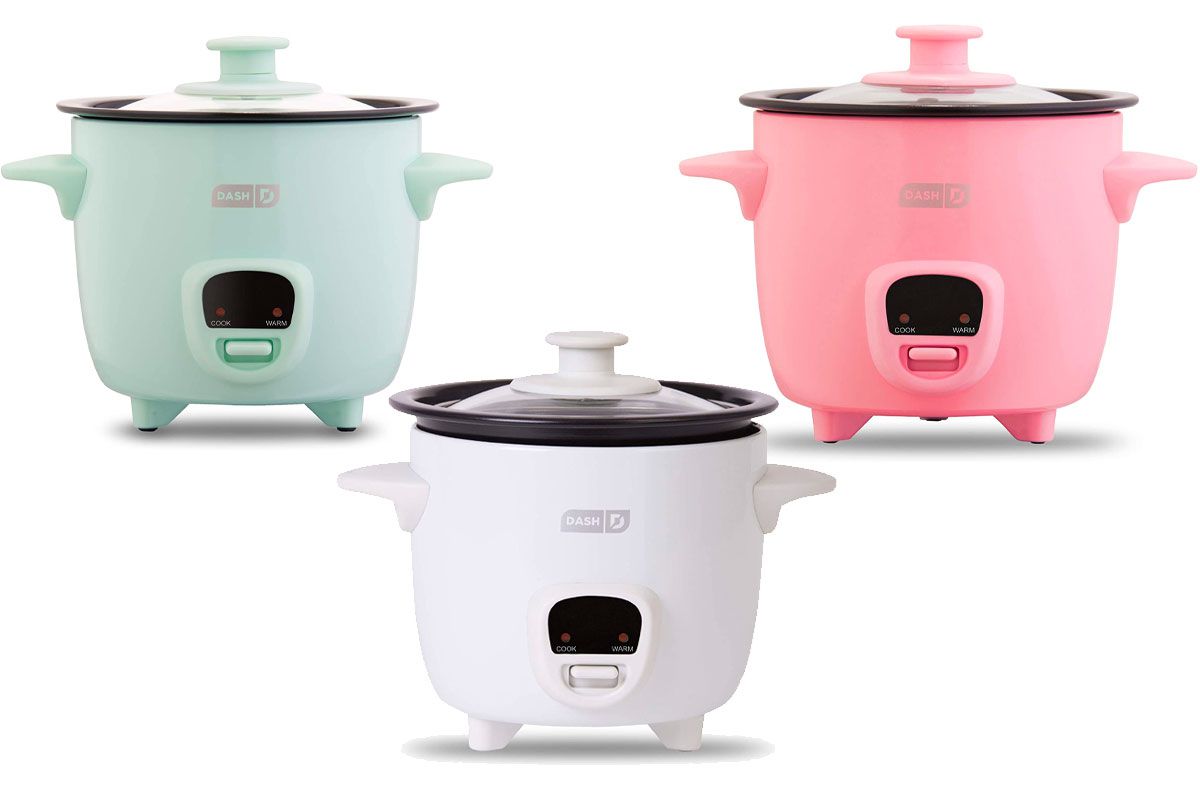
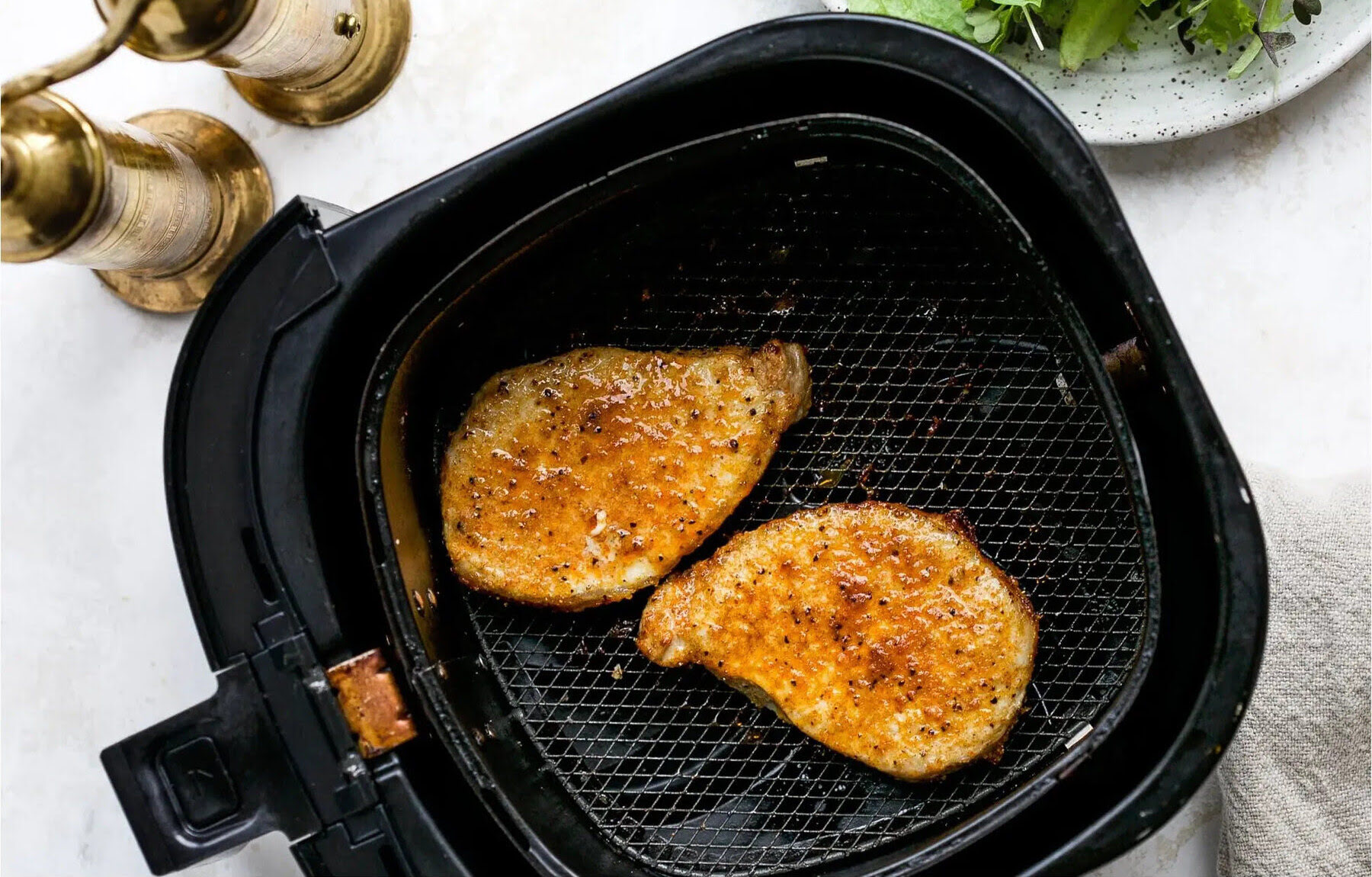


0 thoughts on “How To Cook Long Grain Rice In A Rice Cooker”